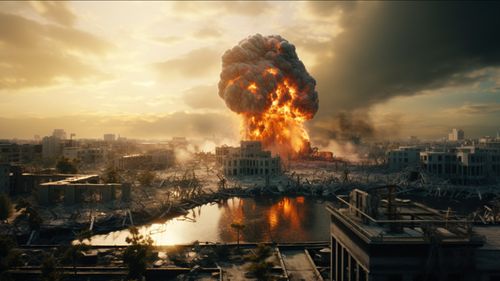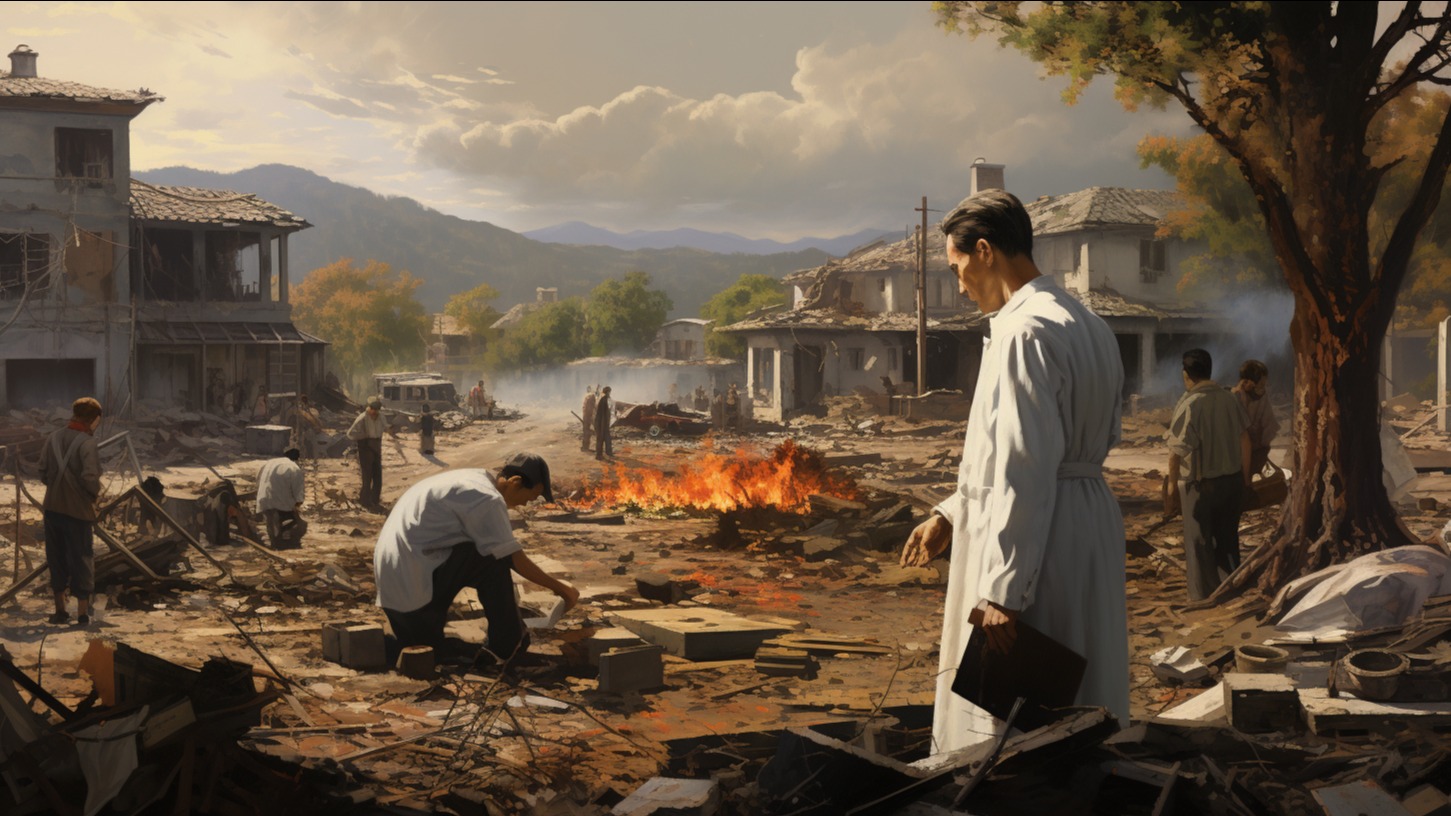A Witness to History: Marcel Junod on the First Atomic Bombs
Dec 05, 2023 · 2 mins read
0
Share

"Warrior Without Weapons" by Dr. Marcel Junod (1904-1961) chronicles his experiences as a Red Cross delegate during World War II, offering profound insights into human suffering and resilience.
Save
Share
Junod skillfully captures the essence of wartime humanitarianism. In detailing his journeys across war-torn landscapes to provide aid to the wounded and sick, the Swiss doctor illustrates the complex challenges faced by healthcare workers amid destruction and chaos.
Save
Share
How? Well, it’s not so easy to provide neutral medical assistance in the middle of a war. That’s why Junod faced many ethical dilemmas. But his encounters with diverse cultures and the universal language of compassion highlight the need for humanity amid atrocities.
Save
Share
The narrative dives into the emotional toll of witnessing suffering, portraying the resilience and hope that endure amidst devastation. Junod's storytelling intertwines personal anecdotes with broader themes of peace, humanity, and the impact of conflict on civilians.
Save
Share
As newly appointed head of the International Committee of the Red Cross in Japan, Junod arrived in Tokyo on 9 August 1945: the day the US dropped a second atomic bomb (this time on Nagasaki). Having been out of the loop due to extensive travel, Junod was shocked.
Save
Share
Information was hard to come by. “Some said that there were possibly 100,000 dead; others retorted 50,000,” wrote Junod. “The bomb was said to have been dropped by parachute, the victims had been burnt to death by rays…”

Save
Share
Junod arrived at Hiroshima (the first bomb site) on 8 September, becoming the first foreign medic to do so. He spent five days visiting hospitals, overseeing supply distribution, and providing aid. His images of the damage were among the first to reach Europe.
Save
Share
In "Warrior Without Weapons", Junod wrote: “On what remained of the station facade, the hands of the clock had been stopped by the fire at 8.15. It was perhaps the first time in the history of humanity that the birth of a new era was recorded on the face of a clock.”
Save
Share
Junod describes the horrors faced by survivors (known as hibakusha) grappling with severe injuries, radiation sickness, and the trauma of losing loved ones. His compassionate approach depicts their resilience amid unimaginable suffering, painting a poignant portrait of endurance.
Save
Share
His chapter/essay "The First Atomic Bomb" leaves us with a valuable first-hand insight into the consequences of nuclear warfare – not just on the landscape or society, but the collective memory of a place – and why such destructive weapons should be avoided for the good of all.
Save
Share
0